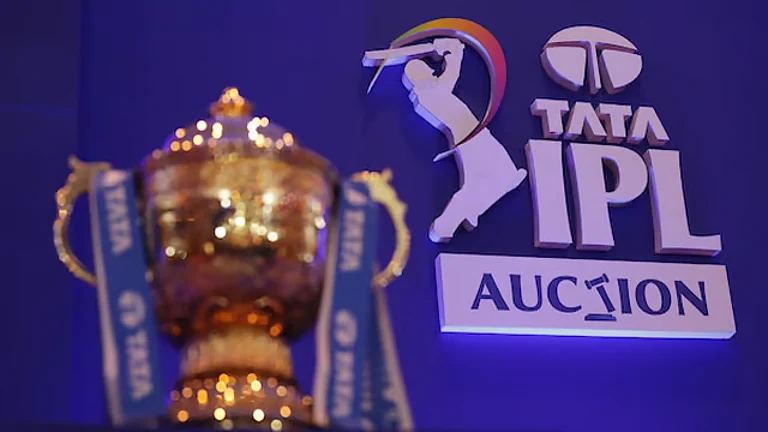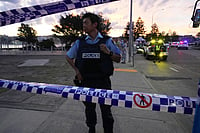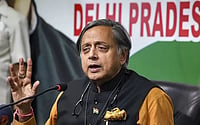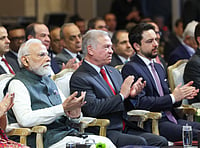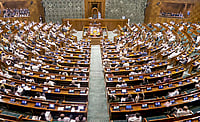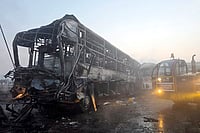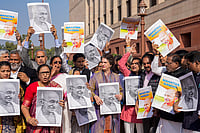Life for filmmakers in the North-East is no cakewalk. Budgets are cripplingly tight, the production infrastructure still languishes in the remote past and market avenues are almost non-existent. Yet, nearly 20 per cent of the films on view in the Panorama are from the region. A clear measure of the tenacity of these filmmakers. Apart from Sanabi and Rape in the Virgin Forest , Bhabendranath Saikia's Itihaas and Jahnu Barua's Hkhagoroloi Bohu Door (It's a Long Way to the Sea), both in the Assamese language, are the other films that have made it to the short list of India's best non-mainstream cinematic products of the year.
With the exception of Sanabi , produced by NFDC-Doordarshan, all these ventures have been privately funded. " Itihaas is my first film made with money from outside," reveals Saikia, all of whose previous six ventures were self-produced. "It's also the first film that I shot in 35 mm colour." All his earlier films, as well as many other films from the region, are shot in 16 mm and then blown up.
That's how bad it is. Bodosa's film, for instance, was made with about Rs 5 lakh, with the director not only cranking the camera but also scripting and editing the film himself. The Rs 15-lakh Itihaas is Saikia's most expensive film to date. "Hitherto I would not go beyond what I could recover from a Doordarshan premiere (about Rs 10 lakh)," says the filmmaker.
Jahnu Barua, based in Bombay, is relatively better off. Although he shoots all his films in his home state— Hkhagoroloi Bohu Door was no exception—he has access to the best post-production facilities in India which his films reflect. Just as the other north-eastern films, which are informed with a social and artistic vision that is rooted in the soil, speak of a spirit that is quite uncommon.







